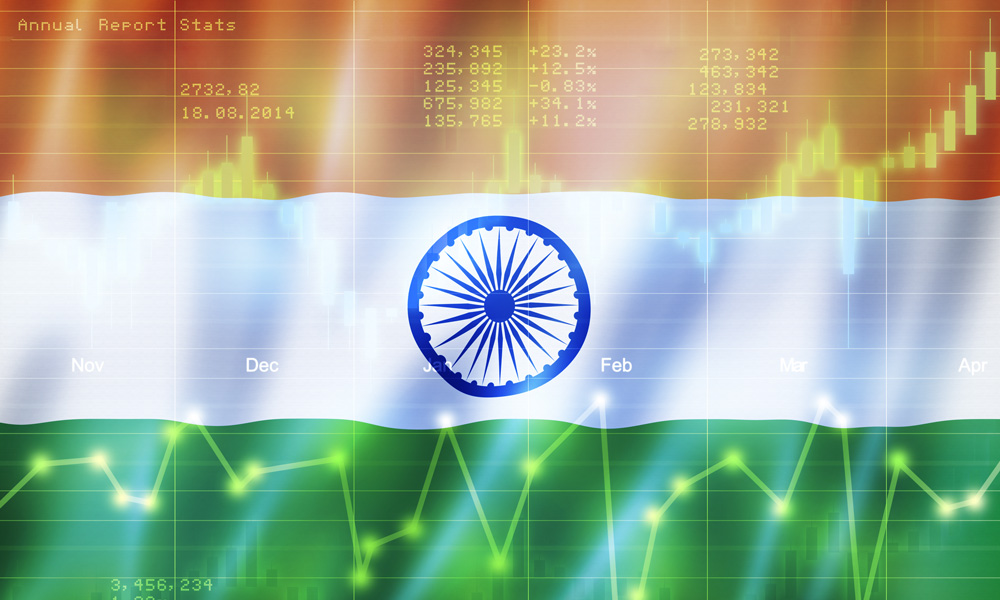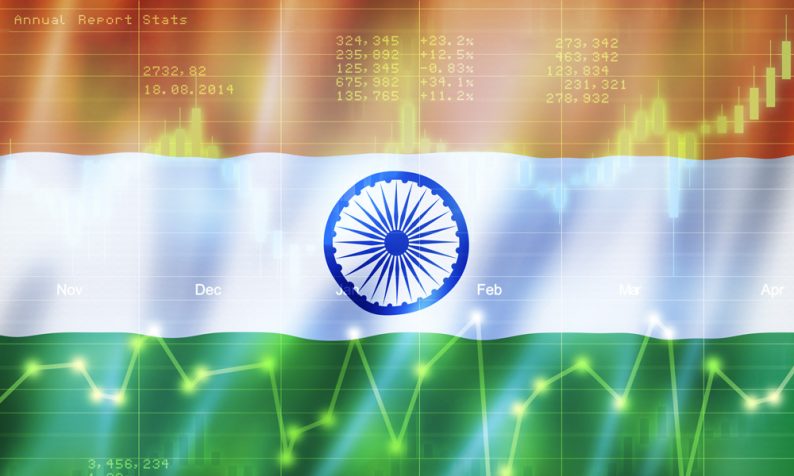After back-to-back years of rapid expansion, India’s economy is expected to gather pace this year, according to a new forecast by the country’s statistics office in New Delhi.
The Indian government projects national growth will accelerate to 7.6% in fiscal year 2016, up from 7.2% the previous year. The accelerated pace of expansion is largely attributed to an upward revision in first quarter growth.

“The direction of the numbers is very positive,” said Economic Affairs Secretary Shaktikanta Das. The policy and reform measures the government has undertaken in the past one-and-a-half years are beginning to show results.”[1]
India’s fiscal year ends on March 31, 2016.
The government’s fiscal year projections are a good indication of where the economy is headed in the remainder of the year. According to the International Monetary Fund (IMF), India will outpace all other emerging and developing markets in growth for the next two years.
Robust Full-Year Growth Expected
The IMF projects India’s economy will grow 7.5% in all of 2016, up from 7.3% in each of the previous two years and more than double the global growth average. By comparison, emerging market and developing economies as a whole are projected to grow just 4.3%, down from a prior estimate of 4.5%.[2]
A weakening Chinese economy is largely to blame for the downward revision in emerging markets. China’s gross domestic product (GDP) expanded 6.9% in all of 2015, the slowest rate of expansion in 25 years.[3] China’s economy is expected to slow in each of the next three years,[4] which could spell trouble for India.
Weak Global Demand Could Present Challenges
Despite being described as the world’s fastest growing economy,[5] India’s struggling export sector will face strong headwinds this year, thanks to a mediocre global market. In annualized terms, India’s exports fell nearly 15% in December, marking the thirteenth consecutive monthly drop. Declining orders from the United States and Europe, combined with a weaker Chinese yuan, are largely to blame.
Looking at the global economic picture, these forces are unlikely to change anytime soon. While US GDP is forecast to grow 2.6% this year, the economy lost a lot of momentum in the fourth quarter, expanding just 0.7% annually and 2.4% in all of 2015.[6]
Meanwhile, Eurozone GDP expanded just 1.5% in all of 2015. Growth was a mediocre 0.3% in the fourth quarter, with Greece slipping back into recession.[7]












Leave A Comment